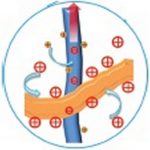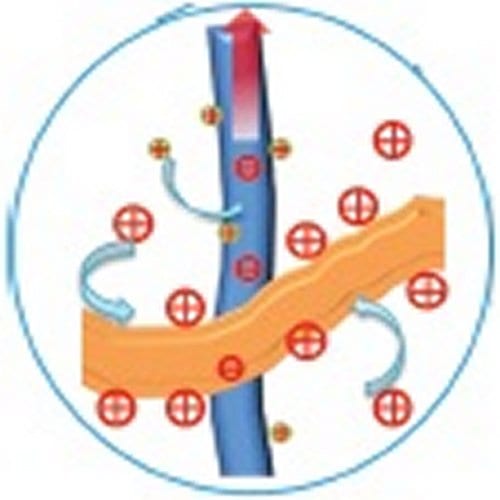Chinese and US scientists have made a supercapacitor with high power and energy density using nanocomposites containing carbon nanotubes.
High-performance electrical energy storage devices, such as supercapacitors, are essential for grid energy storage, electric vehicles, plug-in hybrid vehicles, power tools, mobile electronics, to name but a few.
A supercapacitor is essentially an electrochemical capacitor with high energy density. It generally consists of two conductors (cathode and anode), separated by an insulating material.
Conventional symmetric supercapacitors based on activated carbon have intrinsically restricted energy density. A way around this might be to produce an asymmetric supercapacitor, with a carbon cathode and transition metal oxide anode. However, initial attempts at such supercapacitors have been limited by kinetic considerations to very thin electrode films, which result in a relatively low energy density. Therefore, building supercapacitors with both high energy density and power density remains a challenge for materials scientists.
By weaving high-conductivity carbon nanotubes with high-capacity vanadium oxide nanowires into porous fibrous composites, a collaborative team from University of California, Los Angeles, US and Tianjin University, China, headed by Bruce Dunn and Yunfeng Lu, has ma de a step forward. The team successfully developed a novel class of supercapacitors with high energy density and long cycling stability. The supercapacitors are asymmetric, with composite anodes and conventional cathodes in combination with an organic electrolyte. The electrodes used can be much thicker than in previous work, at over 100 micrometers thick, which allows a greater energy density in the supercapacitor.
de a step forward. The team successfully developed a novel class of supercapacitors with high energy density and long cycling stability. The supercapacitors are asymmetric, with composite anodes and conventional cathodes in combination with an organic electrolyte. The electrodes used can be much thicker than in previous work, at over 100 micrometers thick, which allows a greater energy density in the supercapacitor.
Because the fabrication process is compatible with that of conventional lithium ion batteries and supercapacitors, the team hope that their devices will be easy to produce on a large scale. They also believe that their work shows the way for others to make high-energy and high-power electrical devices using nanocomposite materials.

















